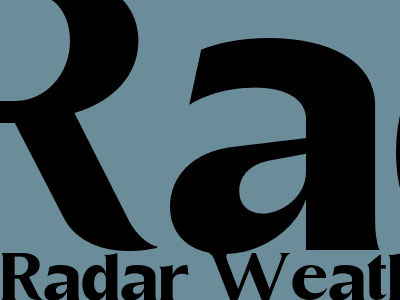
Radar Weather: Unveiling the Mysteries of Weather Forecasting
The All-Seeing Eye in the Sky
Radar weather, a cornerstone of modern meteorology, has revolutionized our ability to track and predict weather patterns. By sending out electromagnetic waves that bounce off moisture in the atmosphere, radar systems paint a detailed picture of precipitation as it moves across the globe. This information is invaluable for meteorologists, enabling them to issue timely warnings and keep communities safe from severe weather events.
From Dots to Delineation
Radar images are a symphony of colors, with each hue representing a different intensity of precipitation. Green and yellow indicate light showers, while orange and red denote heavy rainfall or thunderstorms. By analyzing the patterns and movements of these colors, meteorologists can determine the direction and speed of storm systems, as well as their potential impact.
Decoding Radar Images: A Guide for the Uninitiated
Understanding radar images is key to interpreting weather reports. Here's a breakdown of the basics:
- Green/Yellow: Light showers, drizzle, or light snow
- Orange/Red: Moderate to heavy rainfall, thunderstorms, or hail
- White/Purple: Intense precipitation, often associated with severe storms
Radar images also include additional markers, such as arrows to indicate wind direction and storm movement, and contours to show areas of high and low pressure.
The Power of Radar in Weather Forecasting
Radar technology has transformed weather forecasting by providing real-time data on precipitation and storm activity. This information enables meteorologists to:
- Detect and track the development of severe weather events, such as tornadoes and hurricanes
- Issue timely warnings and advisories, giving communities ample time to prepare
- Improve precipitation estimates and track the movement of weather fronts
- Enhance severe weather prediction models, leading to more accurate forecasts
Limitations and Future Developments
While radar weather is invaluable, it does have limitations. Radar waves can be blocked by mountains or buildings, and they can struggle to distinguish between precipitation types, such as rain and snow. However, ongoing advancements in technology are addressing these challenges.
One promising development is dual-polarization radar, which provides additional information about the shape and size of precipitation particles. This enhances radar's ability to differentiate between rain, snow, hail, and even debris in the air.
Radar Weather: A Lifeline in the Digital Age
In today's interconnected world, radar weather has become an indispensable tool for public safety, infrastructure management, and daily life. From keeping us informed about potential hazards to aiding in the planning of outdoor activities, radar weather technology continues to play a vital role in our understanding of the ever-changing weather around us.